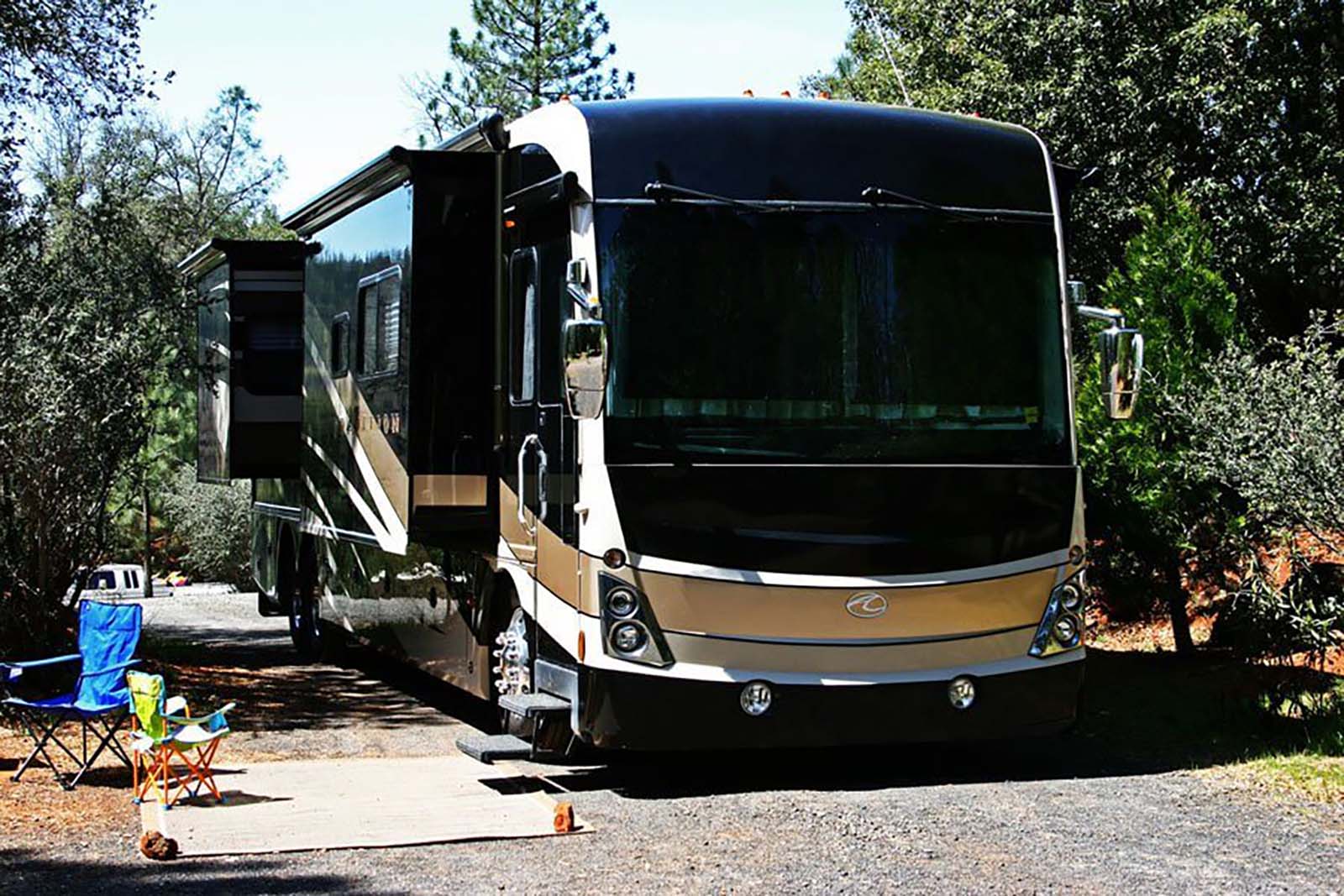Title: Testing Your RV Battery: A Step-by-Step Guide for Optimal Performance

Introduction: As an RV owner, it’s crucial to regularly test your RV battery to ensure optimal performance. This article will provide you with a step-by-step guide on how to test your RV battery effectively. Following these guidelines will help you identify any potential problems and maintain a reliable power source during your travels.
H2: Gathering the Necessary Tools To begin testing your RV battery, you’ll need a few essential tools. These include a voltmeter, a hydrometer, distilled water, safety gloves, safety goggles, and a basic toolkit. Make sure you have these tools at hand before proceeding with the testing process.
H2: Inspecting the Battery’s Exterior The first step is to visually inspect the battery for any signs of corrosion, leaks, or physical damage. Any damage to the battery’s housing may indicate internal issues. If you notice any abnormalities, such as bulging or cracks, it might be necessary to replace the battery before proceeding with the testing process.

H2: Measuring Voltage with a Voltmeter After inspecting the battery’s exterior, it’s time to measure its voltage. Connect the positive (red) lead of the voltmeter to the battery’s positive terminal and the negative (black) lead to the negative terminal. Check the voltage reading displayed on the voltmeter. A fully charged battery should show a reading of around 12.6 to 12.8 volts. If the voltage is significantly lower, it may indicate a discharged battery that requires recharging.
H2: Testing Specific Gravity with a Hydrometer To check the specific gravity of the battery’s electrolyte, you will need a hydrometer. Carefully remove the vent caps from each battery cell and draw a small amount of electrolyte into the hydrometer. The hydrometer’s float will indicate the specific gravity reading. A reading between 1.265 and 1.299 indicates a fully charged battery, while a lower reading may indicate a discharged or damaged battery.
H2: Cleaning and Maintaining the Battery Lastly, it’s essential to clean and maintain your RV battery regularly. Start by removing any corrosion or buildup from the battery terminals using a wire brush and a solution of baking soda and water. Additionally, ensure that the battery is secured properly, maintaining tight connections. Regularly check water levels and top up with distilled water when necessary, ensuring the plates are adequately submerged.

Conclusion: Regular testing and maintenance of your RV battery are critical for a smooth and hassle-free journey. By following this step-by-step guide, you can identify potential issues, maintain optimal battery performance, and enjoy your RV adventures with peace of mind. Remember to exercise caution while handling your battery and always refer to your RV manufacturer’s guidelines for additional information and specific instructions.

